ve-header title="The Built Environment" background=gh:kent-map/images/built/built .sticky
Kent’s public institutions, memorials, monuments and historic buildings.
.cards
The Battle of Britain Memorial
The Battle of Britain Memorial
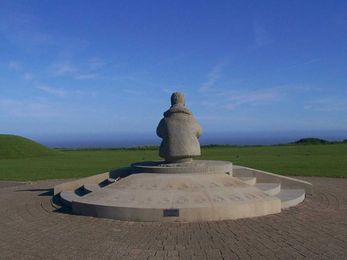
“Never in the field of human conflict was so much owed by so many to so few.” The Battle of Britain Memorial situated on top of the White Cliffs at Capel-le-Ferne, near Folkestone, commemorates ‘The Few’.
Canterbury Free Library
Canterbury Free Library
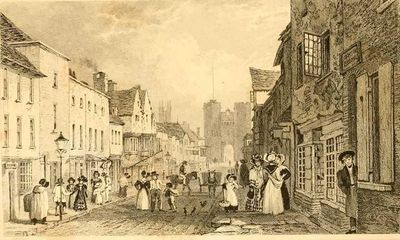
The Free Library in Canterbury dates back to 1858. It was the first in the country to be established under the 1850 Library Act.
Convalescent Homes
Convalescent Homes
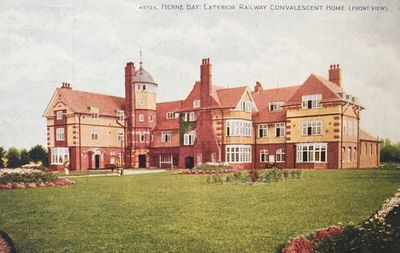
Many convalescent homes were established in Kent, with its temperate seaside climate and relatively easy access to London. These institutions aimed to support recuperating patients, often drawn from urban hospitals.
Folkestone Free Library
Folkestone Free Library
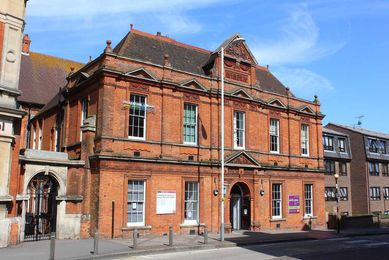
H. G. Wells sends Kipps to the Folkestone library in 1905, where he claims nervously, ‘I ‘aven’t got a ticket yet. But I shall get one all right, and have a go in at reading. I’ve often wanted to. Rather’.
The Hidden Gems of Parochial Kent
The Hidden Gems of Parochial Kent
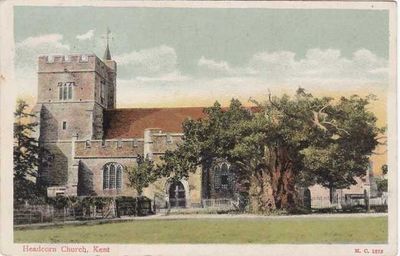
Kent is not only the garden of England, it is also the first landing site of Christianity in Britain. St Augustine began his mission to convert the Britons to Christianity in Canterbury.
Invicta Park Barracks
Invicta Park Barracks

The Invicta Park Barracks which currently houses 36 Engineer Regiment, Royal Engineers would seem an unlikely place to have a connection with two Victorian literary heroes: Alfred Lord Tennyson and Edward Lear.
Lullingstone Roman Villa
Lullingstone Roman Villa
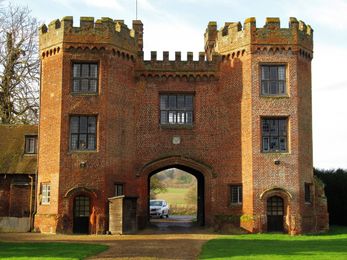
Lullingstone Roman Villa is situated near the village of Eynsford, in the Darent Valley. It was unearthed during archaeological excavations undertaken in the late 1940s to early 1960s.
Folklore and the Blue Bell Hill Megaliths
Medway Megaliths

According to local folklore, the Saxon mercenaries Hengist and Horsa are said to be buried at the Kit’s Coty House and the close by White Horse Stone.
Piers
Piers
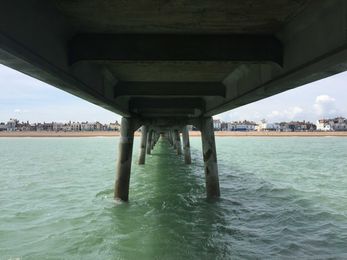
In the nineteenth century, Kent resorts began to build piers, principally for use as landing stages, although, they soon became popular marine promenades.
Victorian Turkish Baths
Victorian Turkish Baths
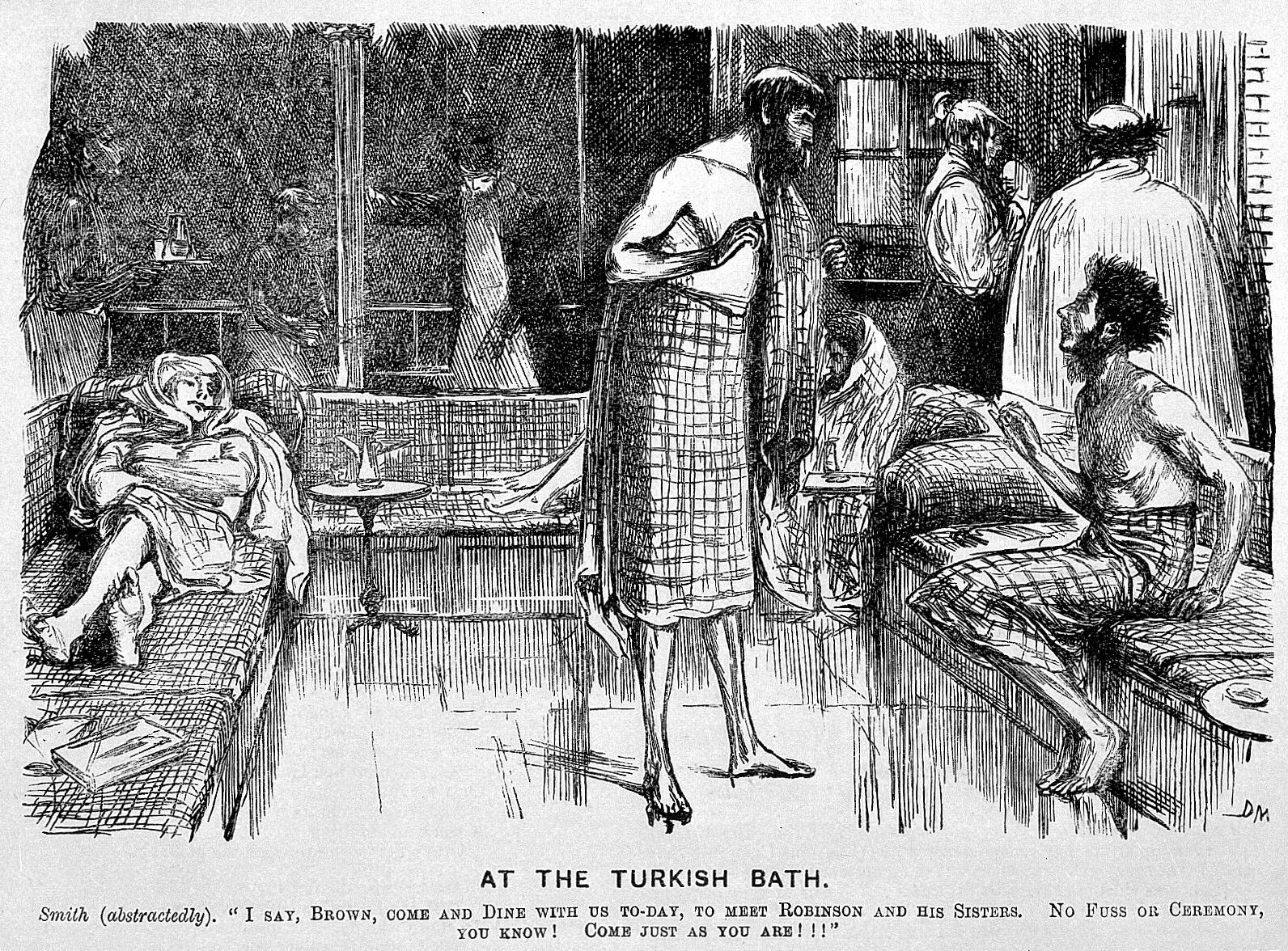
While Kent had fewer Turkish baths than many northern counties, they were no less interesting than those built elsewhere. Many well-known people used them including F C Burnand, Wilkie Collins, Edward Linley Sambourne and George Grossmith.
The Secret War Tunnels of Dover Castle
The Secret War Tunnels of Dover Castle
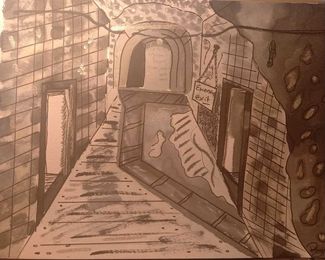
Throughout History, Dover Castle has been used as a highly fortified military garrison to protect Britain’s shores from invaders. Its secret network of underground tunnels were vital in the Evacuation of Dunkirk (Operation Dynamo) and in the key deception operations of the Second World War.